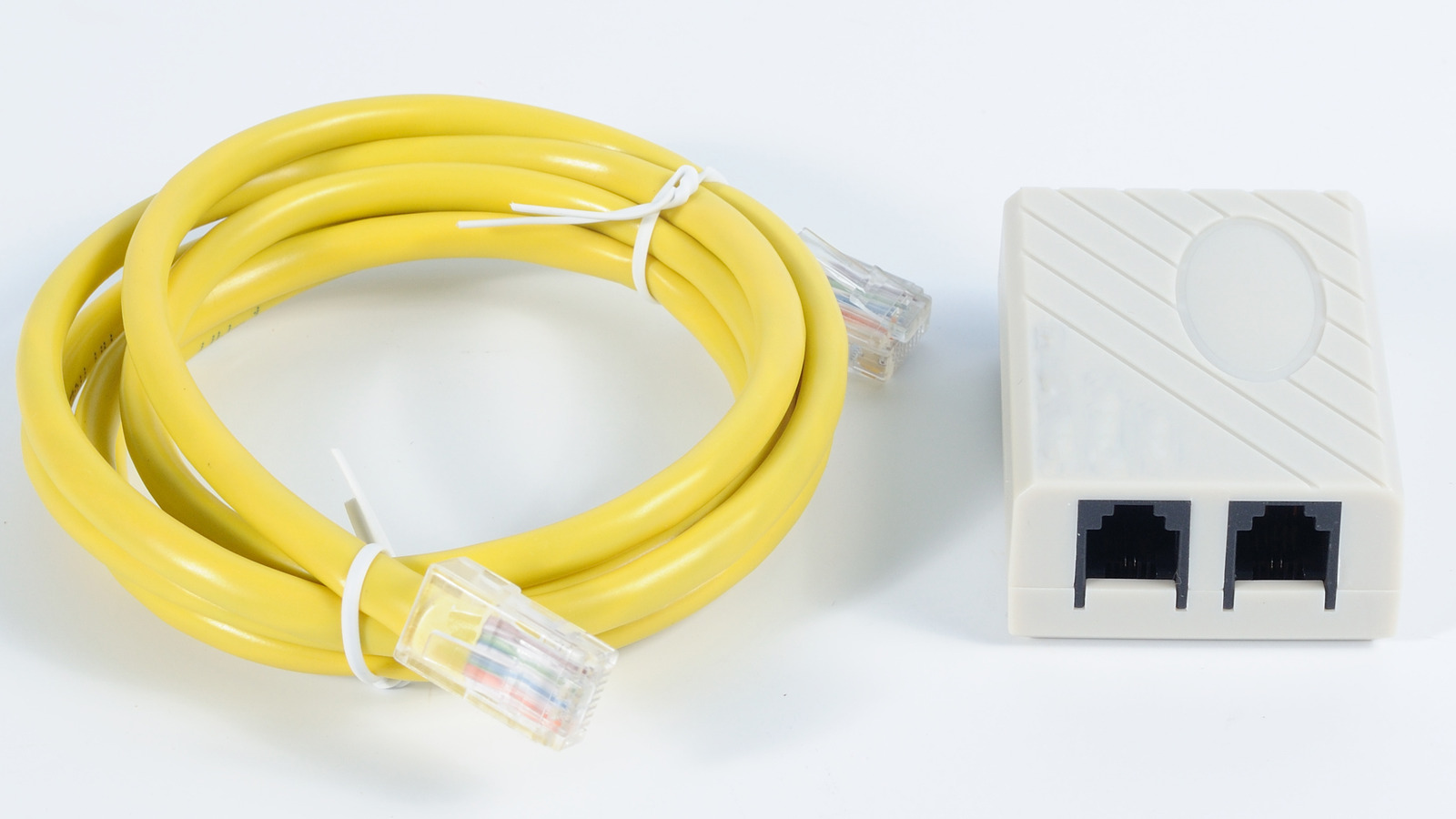
An option you might want to consider for adding more devices to a limited number of ports is to use an Ethernet switch, so named because it uses “packet switching.” According to Cisco, “An Ethernet switch manages the flow of data, directing data it receives in one port to another port based on information in a data packet’s header, namely the sending and receiving MAC addresses. The switching process significantly improves the efficiency of the network…”
Unlike a splitter, the switch can be connected to a single port on your router, which can also be a single port located in a different room than the router, connected to the router by a long Ethernet cable. Switches also offer more ports than a splitter, often five to eight. Do note, however, that switches will require an AC power source to function whereas splitters do not.
When shopping for a switch, beware Ethernet hubs, which look identical, but are inferior. Unlike a switch, a hub shares bandwidth with all of its ports simultaneously and is incapable of sending and receiving data at the same time, both of which cause holdups and a slower network.
Quality Ethernet switches are available for around $15, so there’s really no excuse to compromise your network speed with a splitter. Best of all, you might already own a switch in the form an old Wi-Fi router, which can be repurposed.
Stay connected with us on social media platform for instant update click here to join our Twitter, & Facebook
We are now on Telegram. Click here to join our channel (@TechiUpdate) and stay updated with the latest Technology headlines.
For all the latest Technology News Click Here
